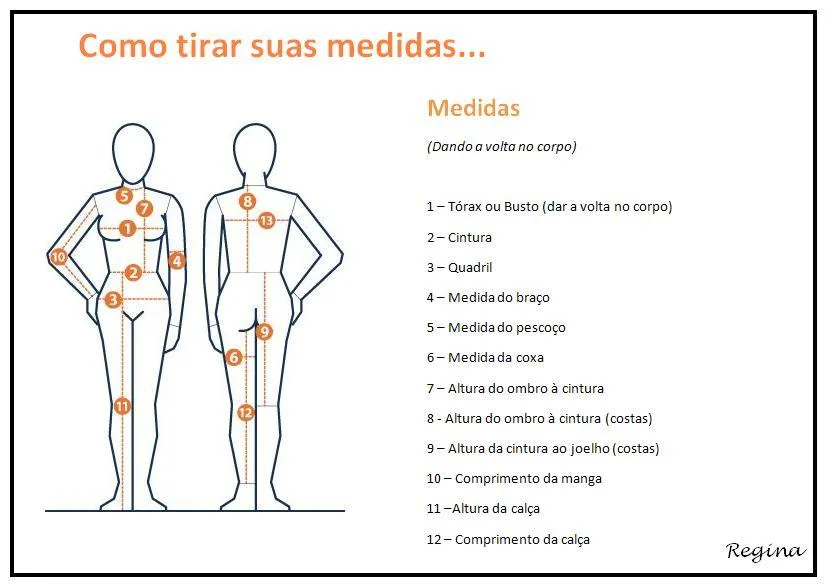Body Fat Calculator: The Complete Guide to the U.S. Navy Method
Publicado em: 21/07/2025

If you are on a fitness journey, you have probably heard that the scale does not tell the whole story. And that is the absolute truth. Losing “weight” and losing “fat” are very different things. This is where one of the most important metrics for truly evaluating your progress comes in: body fat percentage (BF%).
But how do you find out this number without expensive equipment or complex assessments?
It’s simpler than you think. Today, we are going to dive into the U.S. Navy Method, one of the most reliable and accessible ways to estimate your body fat using just a tape measure.
We will guide you step by step so you can use our Body Fat Calculator accurately and, most importantly, understand what to do with the results.
What is Body Fat Percentage and Why is it so Important?
Body fat percentage is simply the proportion of fat you have in relation to everything else (muscles, bones, organs, water, etc.), which we call lean mass.
Knowing this number is much more useful than knowing your weight because:
- It Shows Real Progress: You might be maintaining the same weight on the scale, but be swapping fat for muscle (body recomposition). Only the BF% will show you this victory.
- It Defines the Correct Strategy: A high BF% suggests the focus should be on a caloric deficit. A low BF% may indicate it’s time to focus on gaining lean mass.
- It is a Health Indicator: Maintaining a healthy body fat percentage is directly linked to the prevention of various diseases.
The U.S. Navy Method: Precision and Practicality
Developed by the U.S. Navy to assess the physical condition of its members, this method became popular for its impressive accuracy relative to its simplicity. It uses circumference measurements of specific body parts to estimate body composition, with formulas detailed in publications like the Navy instruction manual OPNAVINST 6110.1J.
Advantages:
- Accessible: You only need a tape measure.
- Consistent: If the measurements are always taken the same way, it is a great method for tracking progress over time.
- Validated: It has been used for decades by military and fitness institutions.

How to Take Measurements Correctly (The Most Important Step)
The accuracy of the calculation depends 100% on the accuracy of your measurements. Follow these tips to get it right:
- Use a Flexible Tape Measure: The plastic or fabric kind, not metal.
- Relaxed Muscles: Do not suck in your stomach or puff out your chest. Stand in a neutral, relaxed position.
- Tape Snug, but not Tight: The tape should be firm against the skin, but not compressing it.
- Take the Measurement 3 Times: Measure each location three times and average the results for greater accuracy.
Measurement Points:
- Height (cm): Measure barefoot.
- Neck (cm): Measure the circumference at the “Adam’s apple”.
- Waist (cm): For men, at the navel. For women, at the narrowest part, between the navel and the ribs.
- Hip (cm) (For Women Only): Measure at the widest part of the buttocks.
Write down the values in centimeters (cm) and plug them into our calculator!
Understanding the Results
After entering the data into our calculator, you will receive three main pieces of information:
- Body Fat Percentage (BF%): The main number.
- Fat Mass: The total weight of fat in your body (in kg).
- Lean Mass: The weight of everything else (muscles, bones, organs).
Reference Tables (ACE - American Council on Exercise)
| Category | Women | Men |
|---|---|---|
| Essential Fat | 10-13% | 2-5% |
| Athletes | 14-20% | 6-13% |
| Fitness | 21-24% | 14-17% |
| Acceptable | 25-31% | 18-24% |
| Obese | 32%+ | 25%+ |
“Okay, I found out my BF%. Now what?”
The result is your starting point. Based on it, you can make smarter decisions:
- If your BF% is high: Your main focus should be on creating a consistent caloric deficit to promote fat burning.
- If your BF% is in the ideal/athletic range: Your focus can be on maintenance or a slight caloric surplus to build more lean mass, always accompanied by a good training volume.
